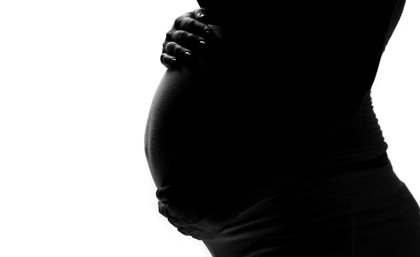
The gap in stillbirth rates between indigenous and non-indigenous women in Queensland is closing, however indigenous women are still at risk of stillbirth due to preventable causes, according to researchers from The University of Queensland.
Study co-author PhD candidate Ibinabo Ibiebele from UQ’s Mater Research Institute-UQ and School of Population Health found that stillbirths to Indigenous women in Queensland fell by about a third between 1995 and 2011.
The Australian study used data from the Queensland Perinatal Data Collection and looked at 881,211 singleton births from 1995 to 2011.
Dr Ibiebele said the research aimed to assess the differences in stillbirth rates over time among Indigenous (Australian Aboriginal and Torres Strait Islander) and non-Indigenous women based on their location and age.
She said that of the total number of births, 49,450 (5.6 per cent) were to Indigenous women and 831,761 (94.4 per cent) were to non-Indigenous women. Overall there were 5,425 stillbirths.
“The researchers found that in the study period, the stillbirth rate for all women in Queensland was 6.2 per 1000 pregnancies,” Ms Ibiebele said.
“We found that Indigenous stillbirth rates decreased 31.9 per cent, from 13.3 to 9.1 per 1000 pregnancies, while for non-Indigenous women the rate was steady at around 5.9 per 1000 pregnancies.
“Overall, the difference in stillbirth rates between Indigenous and non-Indigenous women reduced by 57.3 per cent.
“Moreover, indigenous women living in regional and remote areas experienced greater reductions than women in urban areas.”
At term, more than 37 weeks, the researchers found that indigenous women had an increased risk of stillbirth due to maternal conditions and perinatal infection.
Ms Ibiebele said that, for example, Indigenous women had a six-fold increased risk of stillbirth due to diabetes, a three-fold increased risk of stillbirth due to spontaneous preterm birth and an increased risk of stillbirth due to hypertension, fetal growth restriction and antepartum haemorrhage.
“This study shows that the gap in stillbirth rates is narrowing between Indigenous and non-Indigenous women except at term, where we identified a number of preventable conditions such as diabetes, infection and fetal growth restriction,” she said.
“With the appropriate help and interventions there is an opportunity to further reduce the number of term stillbirths among Indigenous women.
“It is vital that there is high quality antenatal care at all levels available for Indigenous women that is culturally sensitive and incorporates diabetes management, stopping smoking, screening for sexually-transmitted infections and folic acid supplementation to improve pregnancy outcomes.”
The study is published in the BJOG: An International Journal of Obstetrics and Gynaecology.
Media: Vanessa Mannix Coppard, UQ School of Population Health, v.mannixcoppard@uq.edu.au, +61 42 420 7771; Ibinabo Ibiebele, UQ School of Population Health, Australia, Ibinabo.ibiebele@mater.uq.edu.au, +61 7 3163 2463
.jpg)










